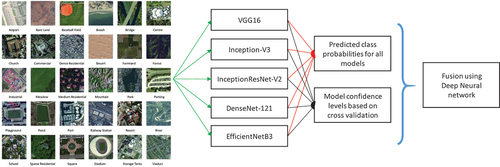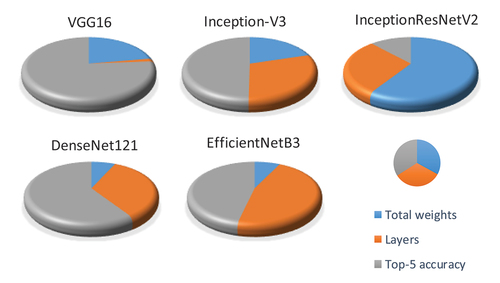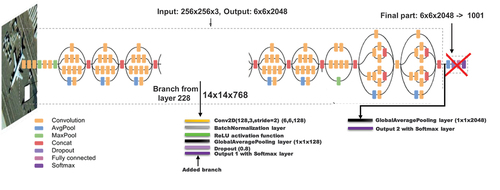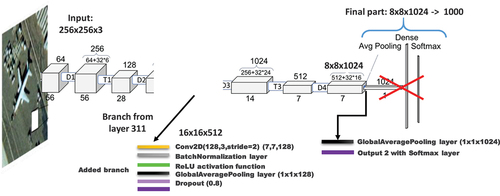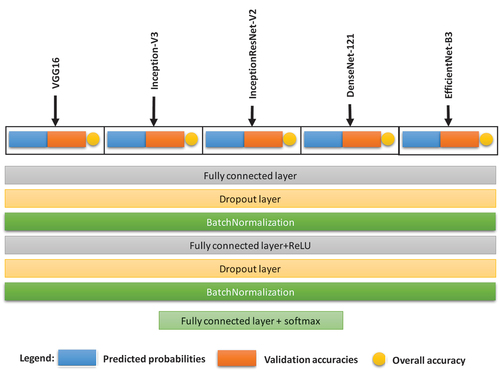Figures & data
Table 1. Summary of base CNN models used in the RS-DeepSuperlearner ensemble method.
Figure 3. Modified VGG16 architecture (14,783,573 total parameters and 2,428,437 trainable parameters).

Figure 5. Modified InceptionResnet-V2 architecture (55,612,410 total params and 55,551,610 trainable).

Figure 7. Modified EfficientNet-B3 architecture used (11,759,186 total params and 11,671,634 trainable).
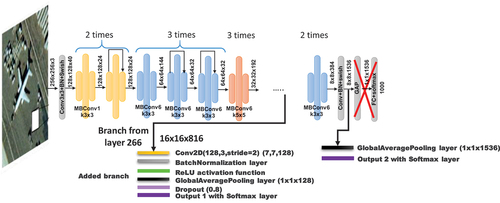
Table 2. Summary of RS datasets.
Figure 9. Training DNN metalearning model: (a) loss curve for training data; (b) OA accuracy on the test data.
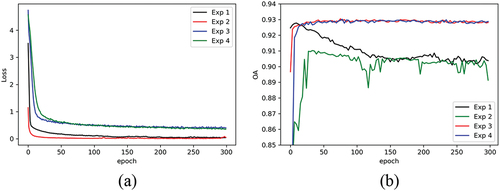
Table 3. Single-model OA for datasets and the upper bound OA when the correct model is always selected.
Table 4. Comparison results for UC Merced RS dataset.
Table 5. Comparison results for KSA RS dataset.
Table 6. Comparison results for RSSCN7 RS dataset.
Table 7. Comparison results for Optimal31 RS dataset.
Table 8. Comparison results for NWPU-RESISC45 RS dataset..
Table 9. Comparison results for AID RS dataset.
Table 10. Training execution times for the AID dataset.
Table 11. Prediction times per image for the AID dataset.

